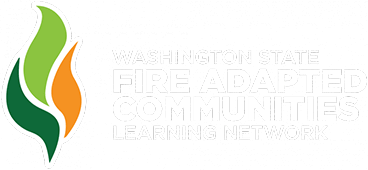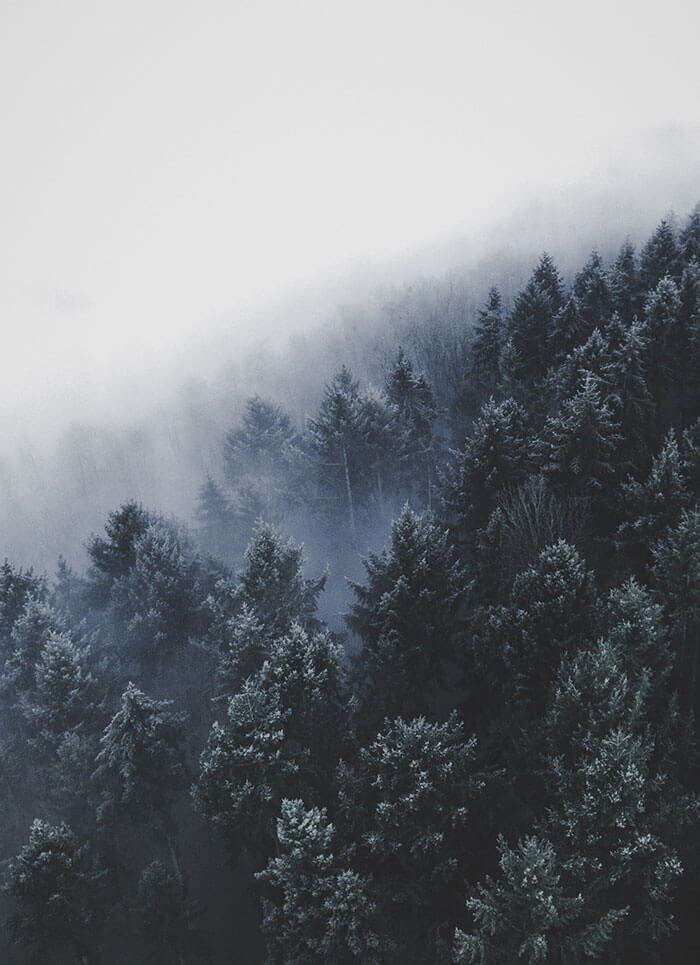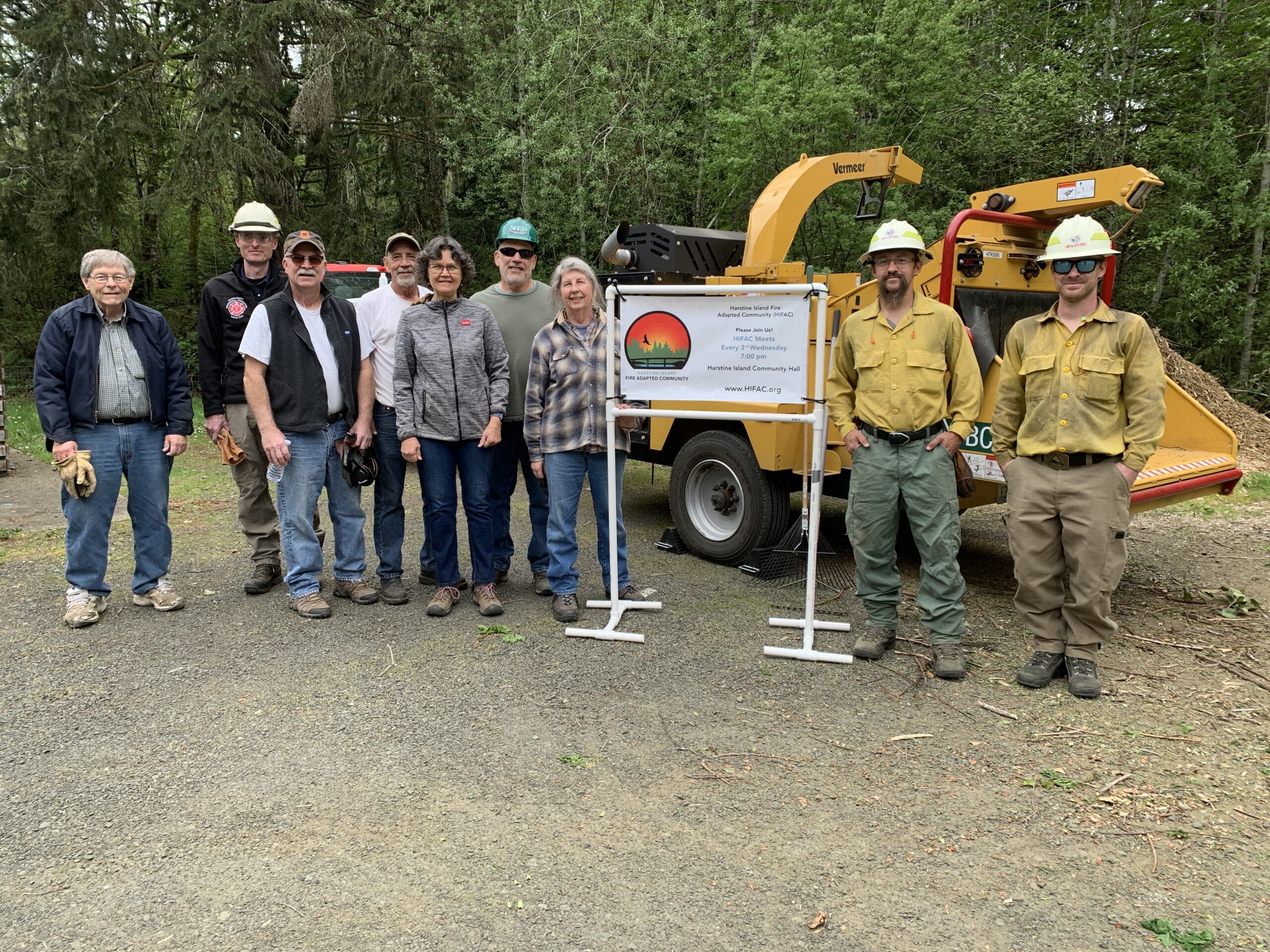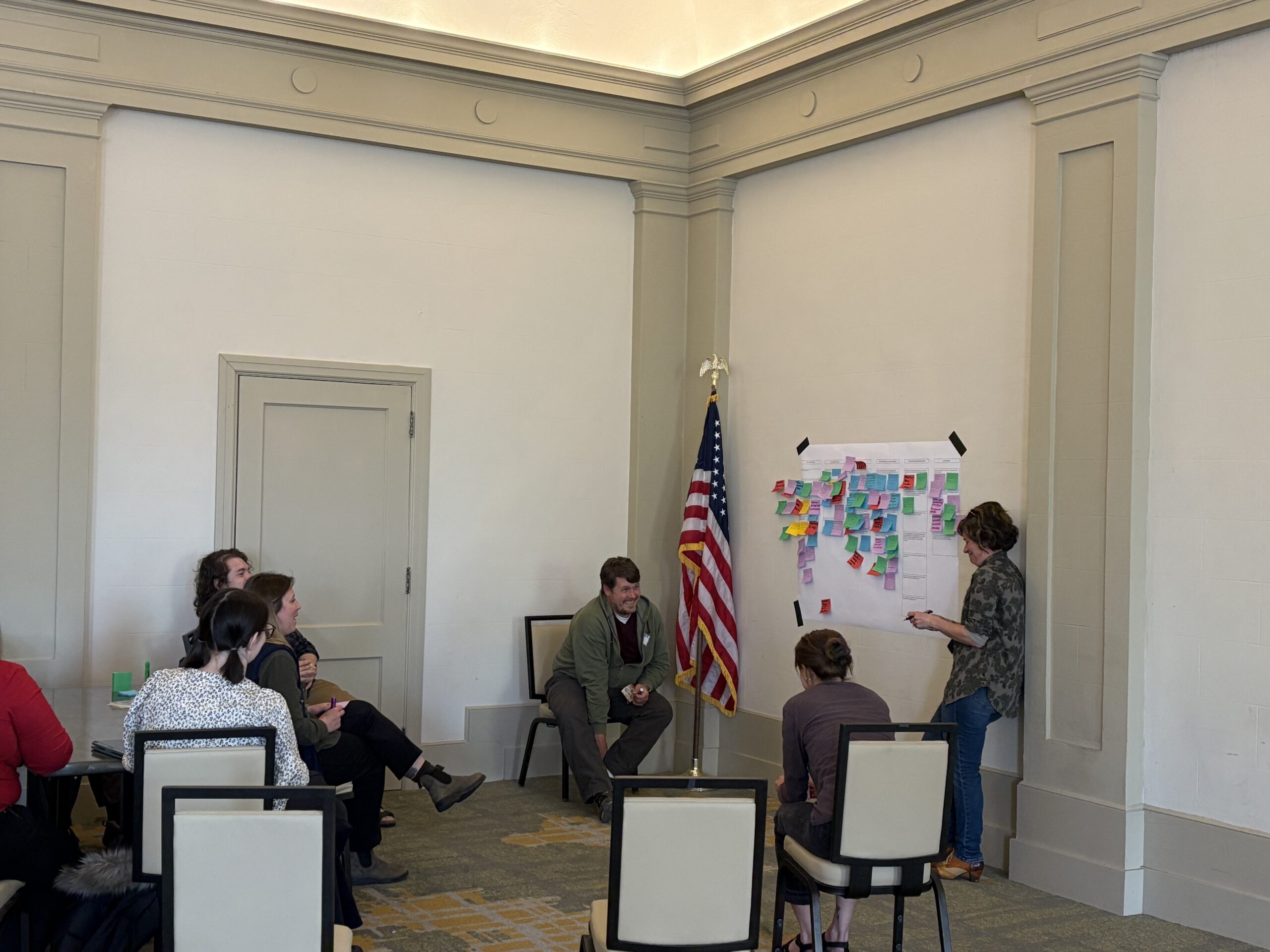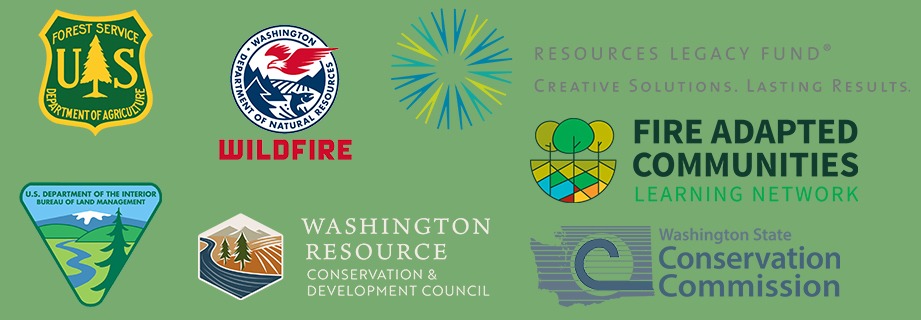Snow. Ice. Rain. Not exactly the conditions you want when trying to perform a controlled burn.
A year ago I found myself in North Carolina for the first time, in the area known as the Sandhills located in the south central part of the state near Fayetteville. I was there for a training exchange or TREX, an experiential prescribed fire training program designed by The Nature Conservancy and several Federal partners. TREX training events, organized like wildfire incidents using the Incident Command System, were created to provide more prescribed fire training opportunities, to treat more acres with beneficial fire, to create opportunities to burn with new people, and to learn about other burn programs and the fire-dependent ecosystems in which they operate.
Landing in North Carolina, the skies were blue and clear. It was good weather for burning! Little did I know though, that this nice weather wouldn’t last. A huge winter storm moved in and in a few days we were hit with freezing temperatures, snow, rain, and ice. But, as all the participants of this training would be shown, there is much more to prescribed burning, and in particular the TREX model, than just putting fire on the ground!
After meeting with our squads – our new teammates for the next week – we set out to scout the areas we would be burning the next day. The Sandhills region is an ancient beach, formed millennia ago. Its sandy soils support a diverse set of plants and animals including the longleaf pine, a curious pine that spends its initial years looking like a bunch of grass. The longleaf pine ecosystem is home to the federally endangered red-cockaded woodpecker, a unique woodpecker that makes its home in live trees. The woodpeckers will work holes in the trees for years, and the sap that oozes from these holes protects those cavities from predators. A lot of work goes into making these nests, so during our burns, red-cockaded woodpecker trees were marked and special attention and protection was given to these trees.
The TREX training does a great job of explaining the ecology of the fire-dependent ecosystems, a key point of discussion if you want to meet the objectives of your burn. At the same time, the TREX program integrates individuals from all over the country into the unique burn culture of that state.
North Carolina – and much of the Southeast – has a strong culture of burning with local, state, and federal agencies, as well as with private landowners. We had an opportunity in my squad to meet with private landowners, to discuss opportunities for prescribed fire on their property, and to scout units for a potential burn. While many landowners are interested in prescribed fire in Washington State, there haven’t been many opportunities for collaboration between landowners and agencies. But here, The Nature Conservancy in North Carolina has cultivated strong relationships with many private landowners and it is paying off.
When the clouds opened up and the ground thawed, we got an opportunity to burn on private property, on land owned by a long-leaf pine straw company (the straw, or dead fallen leaves from the pines, is in high demand for landscaping, although I doubt its use is approved by Firewise). While any day you get to put fire on the ground can feel like a good day, it was particularly great to work across boundaries with landowners.
Collaboration didn’t end there, and the evidence for strong working relationships between burners and prevention agencies was highly visible. The North Carolina Forest Service came and spoke with us on our very first day, explaining their role in this TREX as support, who to call if the fire gets out of control, and what resources you can expect to respond.
Despite the limited opportunities to get burning done during those weeks, and despite the frigid, frigid temperatures (I felt as if I’d never been so cold in my life), I took back to Washington many important messages and experiences. Part of fire adapted communities work is paying attention to the landscape in which you live and working to restore that fire-dependent ecosystem. Another key part is the collaboration that occurs between communities, agencies, and organizations. This TREX program reminded me that prescribed fire isn’t just the burn, or all the planning that goes in beforehand, or getting the right window with weather, or even the restoration and fuels-reduction work. It’s also these long cultivated relationships within our communities.
Tags:
